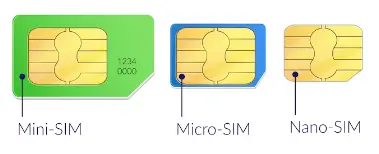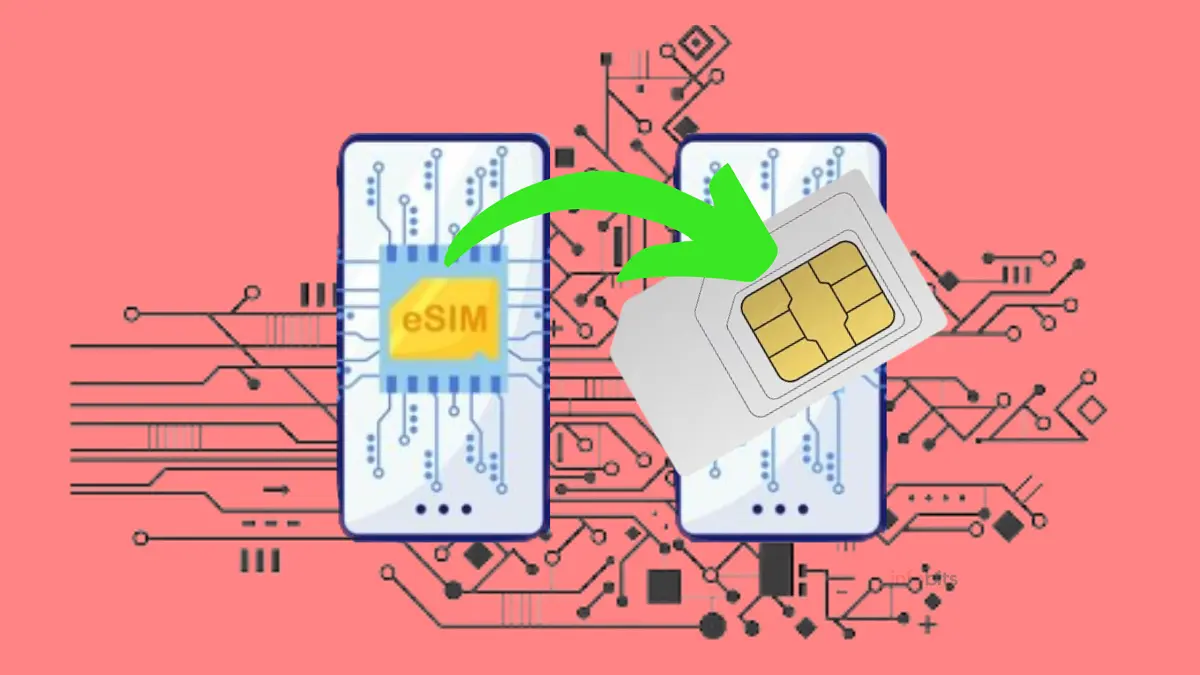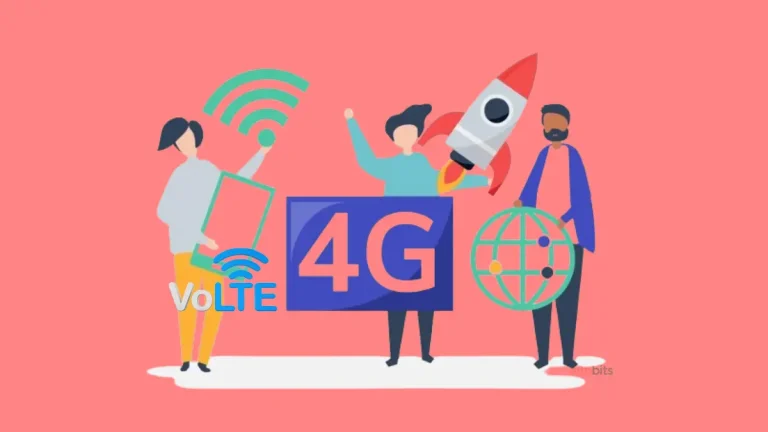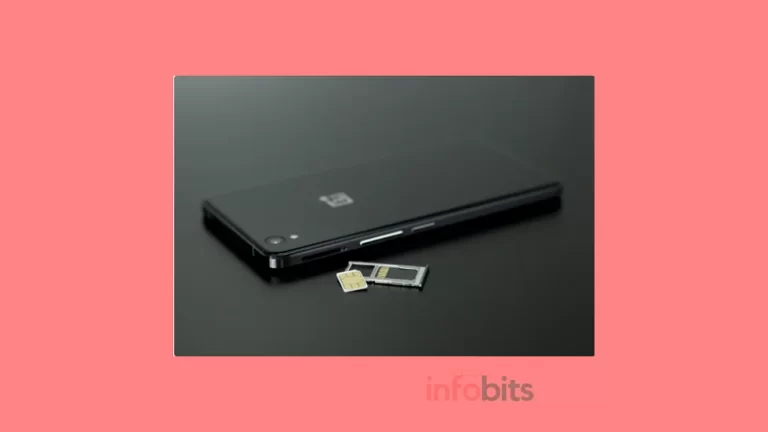How to Convert an eSIM to a Physical SIM?
The advancement of mobile technology has resulted in substantial changes in the way we interact and communicate. The advent of eSIM cards, which have grown in popularity in recent years, is one of these improvements.
eSIMs, as compared to standard physical SIM cards, are incorporated or embedded directly into devices, avoiding the need for a physical card.
However, there are situations in which changing an eSIM to a physical SIM is required. In this post, we will look at the reasons for converting eSIMs to physical SIM cards and the steps needed to complete the conversion effectively.
In addition, we will cover the advantages and disadvantages of physical SIM cards, as well as troubleshooting recommendations for frequent issues that may develop throughout the conversion process.
By the end of this article, you will have a thorough knowledge of how to convert an eSIM to a physical SIM and the factors to consider.
1. Introduction to eSIM and Physical SIM Cards
1.1 What is an eSIM?
If you’ve ever struggled to fit a small SIM card into your phone, you’ll be relieved to learn that there’s a new, more easy option: the eSIM.
An eSIM, also known as an embedded SIM, is a digital SIM card that is integrated directly into your smartphone.
It does away with the necessity for a physical card and allows you to activate a mobile plan without visiting a store or dealing with the insertion of small plastic SIM cards.
1.2 What is a Physical SIM Card?
Let us now discuss the actual physical SIM card, the old-school hero of mobile communication. We’ve all seen those small bits of plastic that we insert into our phones to connect.
A physical SIM card holds all of the necessary information to identify and verify your device on a mobile network.
For years, it was the go-to technique for mobile connectivity, but with the introduction of eSIM technology, it is seeing some competition.
2. Reasons to Convert eSIM to Physical SIM
2.1 Limited device compatibility
Device compatibility is one of the key reasons you might wish to switch your eSIM to a physical SIM.
Not all smartphones or other mobile devices support eSIM technology yet, so if you find yourself with a device that doesn’t, you may be forced to use an ordinary physical SIM card.
2.2 Need for dual SIM functionality
Another reason to convert eSIM to a physical SIM is the requirement for multi-SIM capabilities.
While some devices allow dual eSIMs, many still require at least one conventional SIM card to function. In this case, you are forced to convert the eSIM to a physical SIM.
If you wish to have two separate cell plans or use one for work and one for personal usage, you may need to switch your eSIM to a physical SIM.
2.3 Roaming and International Travel Considerations
When it comes to roaming and travelling abroad, physical SIM cards frequently provide greater flexibility and convenience.
In this regard, keep in mind that there are eSIM carriers with global coverage, such as Airalo. However, some countries may still lack eSIM technology or have restricted availability, making obtaining a local mobile plan problematic.
Using a physical SIM card also allows you to effortlessly move between providers and take advantage of inexpensive international roaming rates.
3. Preparations and Requirements for Conversion
3.1 Check device compatibility
Make sure your device supports physical SIM cards before attempting to convert your eSIM to a physical SIM.
Examine the manufacturer’s specifications or the user manual before beginning the conversion process to ensure compatibility.
It would be very disappointing if you went through all of this conversion only to discover that your device lacks a SIM card slot at the last minute.
3.2 Obtain a physical SIM card
Next, you’ll need to obtain an actual physical SIM card.
This is available from your mobile service provider, either in person or by buying one online.
Check that the SIM card is the correct size for your smartphone since it comes in a variety of sizes (mini, micro, and nano).

3.3 Backup eSIM data
It is critical to back up any crucial data contained in your eSIM before converting it.
This might include contacts, text messages, or other data related to your mobile subscription.
For advice on backing up your eSIM data, consult your device’s handbook or contact your service provider.
4. Step-by-Step Guide: Converting eSIM to Physical SIM
4.1 Step 1: Disable eSIM functionality
Navigate to the eSIM settings option in your mobile device’s settings.
Look for a setting that allows you to disable or turn off the eSIM capabilities.
This step verifies that your device is physically capable of accepting a SIM card.
4.2 Step 2: Remove the eSIM profile
After you’ve deactivated the eSIM capability, look for the option to erase or delete the eSIM profile from your device.
To finish this process, follow the on-screen directions.
You’re simply configuring your smartphone to accept the physical SIM card by deleting the eSIM profile.
4.3 Step 3: Install a physical SIM card
Insert the physical SIM card into the proper slot on your smartphone with care.
Ascertain that it is correctly positioned and seated.
If necessary, open the SIM card tray with a SIM card ejector tool. You’re almost there if you insert the physical SIM card!
4.4 Step 4: Enable physical SIM functionality
Proceed to your smartphone settings and browse to the SIM card settings option after installing the physical SIM card.
Look for a setting that allows you to enable or activate the physical SIM card capability.
To complete the activation, follow the instructions and input any required information, such as your mobile service provider’s data.
And there you have it! Your eSIM has been successfully converted to a physical SIM card. Enjoy the freedom and convenience of your new mobile connectivity.
5. Troubleshooting and Common Challenges
5.1 Error messages during conversion
Converting an eSIM card to a physical SIM may result in various error warnings, but don’t worry!
The most common error messages are “SIM card not recognized” and “Invalid SIM card.”
If this happens, try removing the physical SIM card, rebooting your device, and then reinserting the SIM.
If the problem persists, contact your service provider for assistance. Remember that technology may be unpredictable at times, so don’t let error warnings spoil your day.
5.2 Incompatibility issues with physical SIM
While switching an eSIM to a physical SIM card is typically a simple procedure, there may be times when the physical SIM card is incompatible with your device.
This might happen if your device requires a different kind or size of SIM card than the one you’re attempting to convert.
In such circumstances, you may need to visit your carrier’s shop and obtain a physically suitable SIM card. It’s a slight annoyance, but hey, it gets you out of the house!
5.3 Restoring eSIM functionality if needed
After converting an eSIM to a physical SIM, you may find yourself missing the freedom and simplicity of an eSIM.
There is, however, a solution to restore eSIM functionality.
Simply contact your carrier and request that the eSIM on your handset be reactivated. They will walk you through the procedure and have your eSIM up and running in no time.
6. Benefits and Limitations of Physical SIM Cards
6.1 Advantages
Physical SIM cards have been around for a long time and have their advantages.
One of the most significant advantages is that physical SIM cards are universally compatible with the majority of devices, removing any compatibility problems.
They also serve as a physical backup, allowing you to simply swap between devices or lend your SIM card to a friend in need.
Plus, who doesn’t appreciate the pleasant click of inserting a SIM card into their phone?
6.2 Disadvantages
Physical SIM cards, like everything else in life, have restrictions.
One disadvantage is that it’s vulnerable to damage and loss. It’s all too simple to misplace or break a physical SIM card, leaving you without mobile phone service until you acquire a replacement.
Furthermore, physical SIM cards must be handled physically, which might be inconvenient for individuals who like the sleek simplicity of digital alternatives.
Don’t even get us started on “having to find a paperclip to open the SIM card slot”!
7. Conclusion and Final Thoughts
Converting an eSIM card to a physical SIM might be a simple procedure, but it’s vital to be prepared for unexpected roadblocks.
From error warnings to compatibility concerns, these hiccups in the process can be resolved with a little troubleshooting and support from your carrier.
While physical SIM cards offer advantages, they also have drawbacks, such as the danger of loss or damage. Finally, the decision between an eSIM and a physical SIM is driven by your particular tastes and demands.
So, whether you’re on an eSIM or a physical SIM, remember to stay connected and maintain your sense of humour, since technology can always benefit from a good chuckle!
Overall, knowing how to convert an eSIM to a physical SIM gives you the freedom to adapt to various connection needs and maintain seamless communication.
8. Frequently Asked Questions
Yes and no. While certain devices can be converted from eSIM to physical SIM, it ultimately depends on the manufacturer and model. Before trying the conversion, it is critical to confirm the device’s compatibility and consult the manufacturer’s directions.
Converting an eSIM to a physical SIM entails uninstalling the eSIM profile from your device. This implies you will no longer have access to eSIM features until you reactivate the eSIM profile. It is recommended that you back up any crucial data before doing the conversion.
Physical SIM cards provide various benefits, including increased device compatibility, the ability to effortlessly switch between multiple carriers, and the use of your smartphone with dual SIM capabilities. Physical SIM cards also provide greater flexibility when it comes to travelling abroad and roaming because they can be readily swapped out to access local mobile networks.
While switching an eSIM to a physical SIM might be advantageous in some situations, it is vital to examine the potential drawbacks. These may include the trouble of physically switching SIM cards, the danger of losing or breaking the actual SIM, and the restriction of only using one SIM card at a time. Furthermore, certain smartphones may not support physical SIM card operation, making conversion difficult.
We hope you are interested in our articles and consider following our Facebook, Instagram, and Twitter pages for regular updates.
Subscribe to our free newsletter to get similar articles and regular updates directly in your Email Inbox.
Also, share this article with your friends and relatives. Bookmark this page for future reference.







